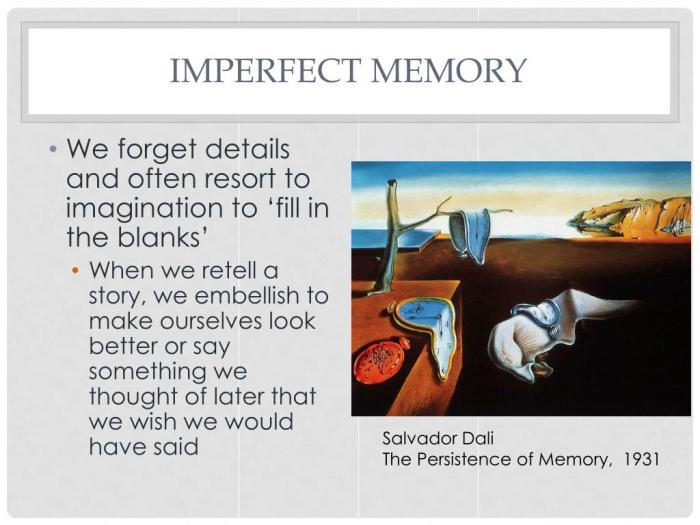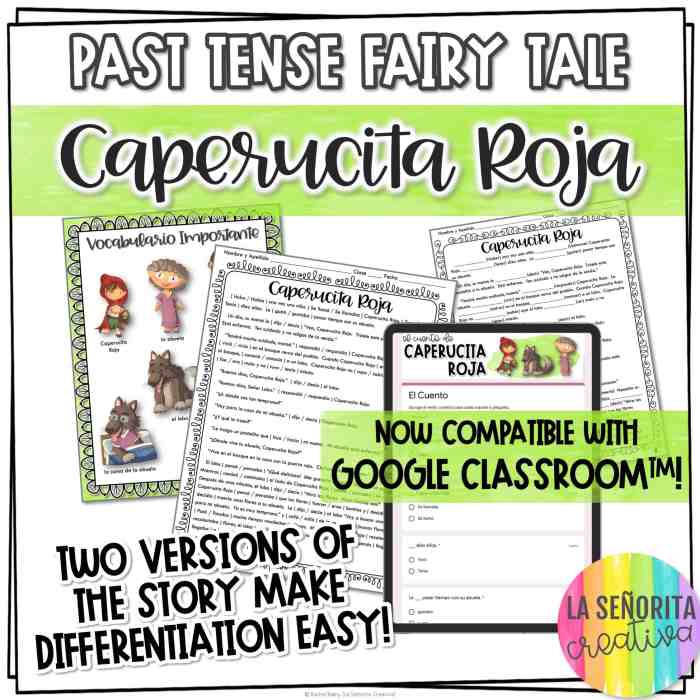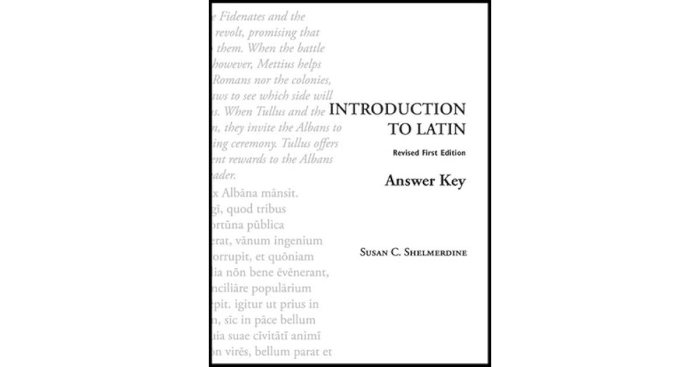In the realm of language learning, the imperfect tense holds a pivotal role in expressing past actions and experiences. Embark on a captivating journey with “A Practicar el Imperfecto con una Historia de Recuerdos,” a narrative that deftly weaves together the imperfect tense and the evocative power of memory.
Through the lens of this compelling story, we delve into the intricacies of the imperfect tense, exploring its ability to convey duration, habitual actions, and the ongoing nature of past events. The story’s structure and character development provide a rich tapestry upon which the imperfect tense unfolds, shaping the narrative’s atmosphere and pacing.
The Imperfect Tense in a Story of Memories: A Practicar El Imperfecto Con Una Historia De Recuerdos

The story revolves around the theme of memories and their significance in shaping the characters’ lives. The narrative unfolds through a series of flashbacks, employing the imperfect tense to convey the duration, habitual nature, or ongoing nature of past actions and states.
This technique allows the story to explore the characters’ memories and their impact on their present experiences.
Imperfect Tense Usage
The story employs the imperfect tense to create a sense of ongoing or habitual actions in the past. For instance, “She would often sit by the window, watching the rain fall.” This usage conveys the repetitive and continuous nature of the action, emphasizing the character’s habit of gazing out the window during rainy days.
Character Memory and Reflection
The characters’ memories play a crucial role in shaping their actions and perspectives. The imperfect tense allows the characters to reflect on their past experiences and their impact on the present. For example, “He remembered the day his father left, and it still haunted him.”
This sentence highlights the ongoing emotional impact of the father’s departure, suggesting that the character continues to grapple with the memory.
Symbolism and Imagery, A practicar el imperfecto con una historia de recuerdos
The story utilizes symbols and imagery to enhance the exploration of memories and the imperfect tense. For instance, a recurring image of a faded photograph symbolizes the imperfect and fragmented nature of memories. The imperfect tense is used to describe the photograph’s appearance, conveying its gradual deterioration over time.
Cultural and Historical Context
The story’s setting and time period influence the characters’ memories and their expression. The use of the imperfect tense reflects cultural and historical perspectives on memory and the past. For example, in a historical setting, the imperfect tense may be used to convey the ongoing struggles and hardships faced by a particular community.
FAQs
What is the significance of the imperfect tense in “A Practicar el Imperfecto con una Historia de Recuerdos”?
The imperfect tense plays a crucial role in conveying the duration, habitual nature, and ongoing nature of past actions and experiences, immersing readers in the story’s nostalgic atmosphere.
How does the story’s structure contribute to the exploration of past experiences?
The story’s structure, with its focus on character development and memory, provides a framework for examining how past experiences shape present actions and perspectives.
What is the psychological and emotional impact of revisiting memories through the imperfect tense?
The imperfect tense allows characters to reflect on their past experiences, evoking a range of emotions, from nostalgia to regret, and providing insights into the complexities of human memory.


